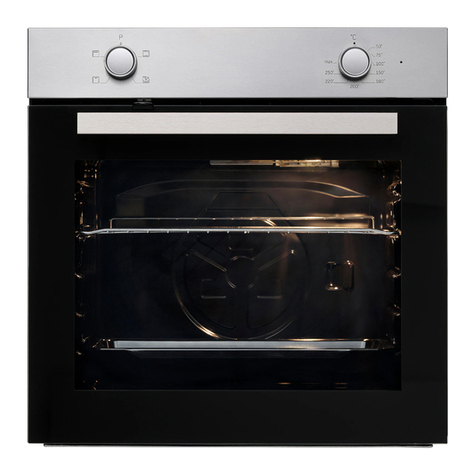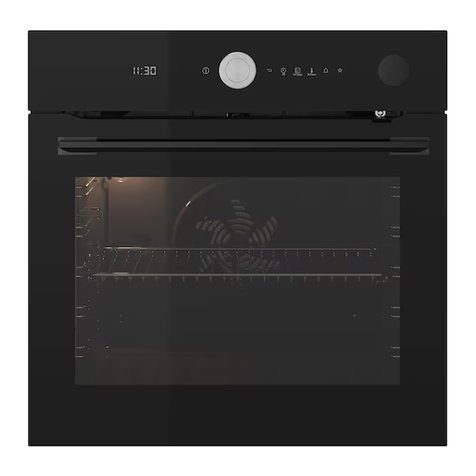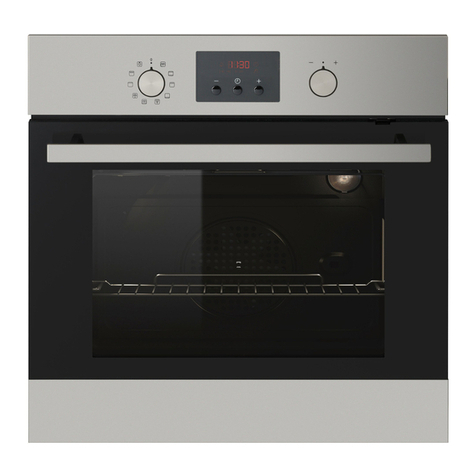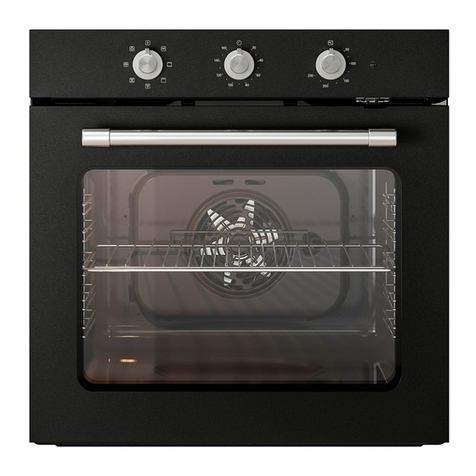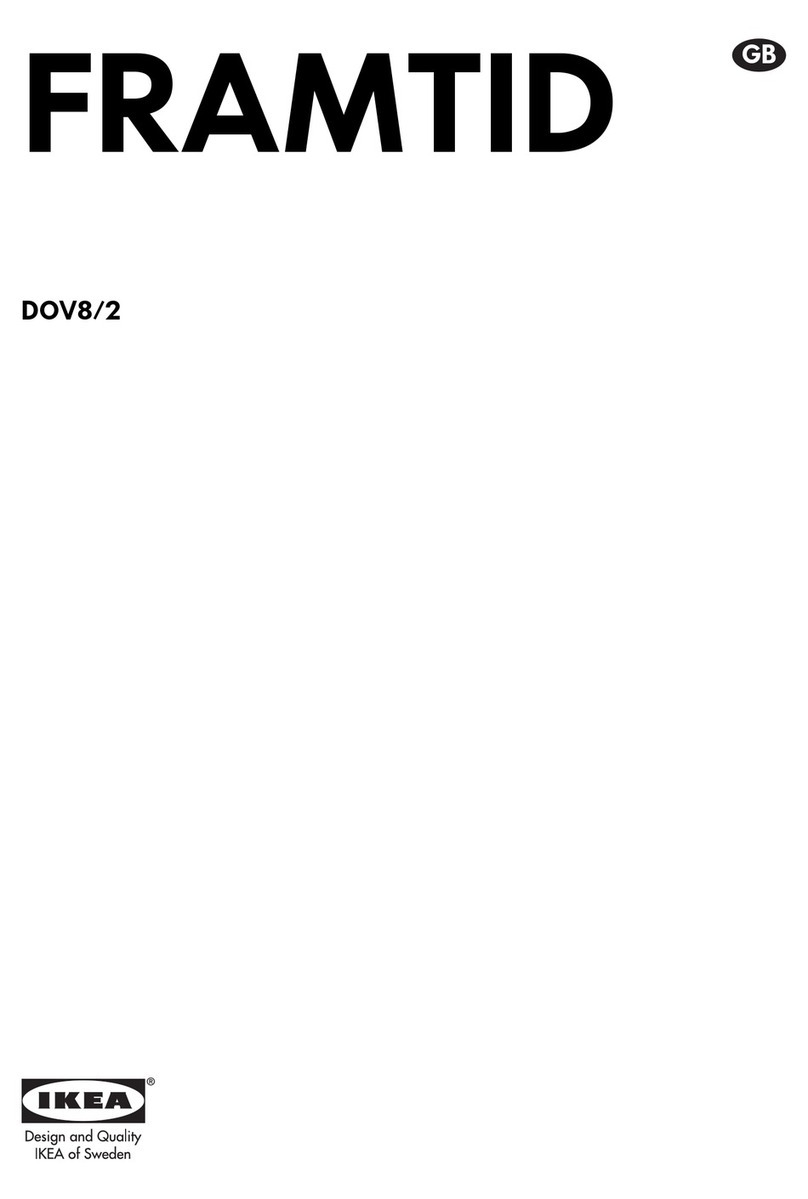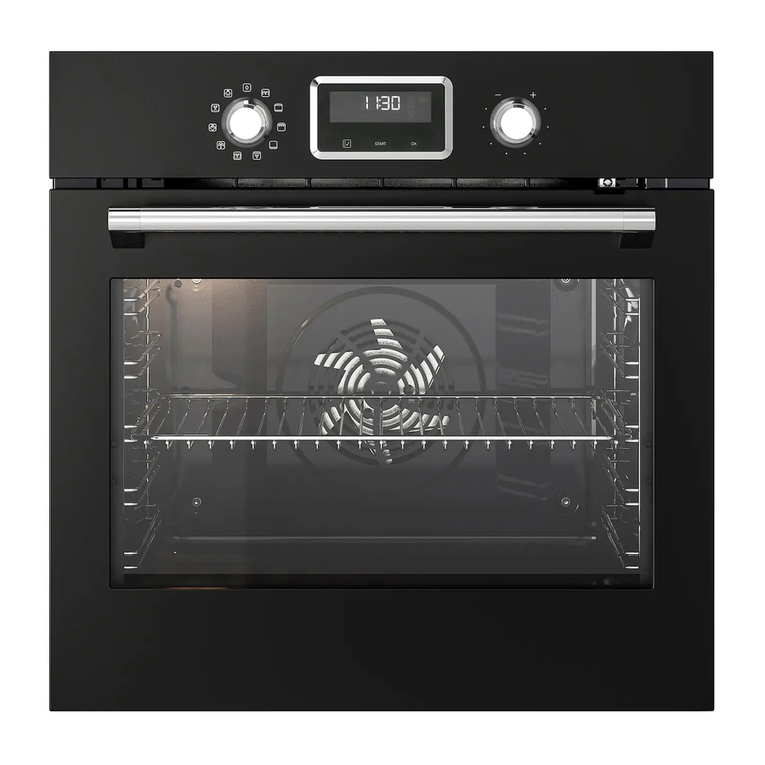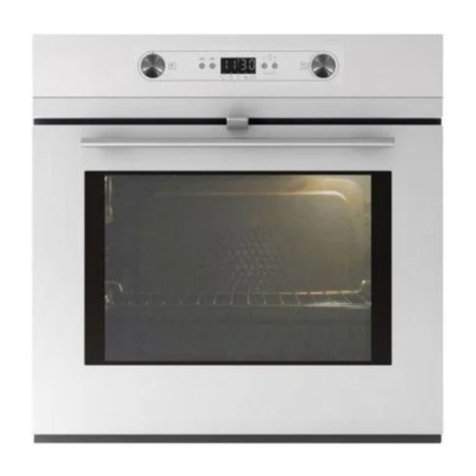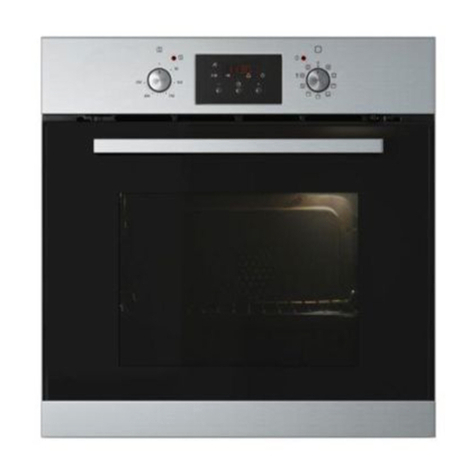
7
4. Electrical connection
It is the responsibility and obligation of the
consumer to contact a qualied installer to assure
that the electrical installation is adequate and is
in conformance with the National Electrical Code
ANSI/NFPA No. 70-latest edition, or with CSA
Standard C22.1, Canadian Electrical Code, Part 1,
and local codes and ordinances.
Electrical Shock Hazard
• Electrical ground is required on this appliance.
• Do not connect to the electrical supply until
appliance is permanently grounded.
• Disconnect power to the junction box before
making the electrical connection.
• This appliance must be connected to a
grounded, metallic, permanent wiring system,
or a grounding connector should be connected
to the grounding terminal or wire lead on the
appliance.
• Do not use a gas supply line for grounding the
appliance.
Failure to do any of the above could result in a
re, personal injury or electrical shock.
WARNING!
In cold weather shipping and storage
conditions, make sure that oven is in nal
location at least three (3) hours before
switching on power. Switching on power while
oven is still cold may damage the oven controls.
CAUTION!
Risk of electrical shock (Failure to heed this
warning may result in electrocution or other
serious injury.) This appliance is equipped with
copper lead wire. If connection is made to
aluminum house wiring, use only connectors
that are approved for joining copper and
aluminum wire in accordance with the National
Electrical Code and local code and ordinances.
When installing connectors having screws
which bear directly on the steel and/or
aluminum exible conduit, do no tighten screws
sufciently to damage the exible conduit. Do
not over bend or excessively distort exible
conduit to avoid separation of convolutions en
exposure of internal wires.
WARNING!
DO NOT ground to a gas supply pipe. DO NOT
connect to electrical power supply until appliance
is permanently grounded. Connect the ground wire
before turning on the power.
(If your appliance is equipped with a white
neutral conductor.)
This appliance is manufactured with a white
neutral power supply and a frame connected
copper wire. The frame is grounded by
connection of grounding lead to neutral lead at
the termination of the conduit, if used in USA,
in a new branch circuit installation (1996 NEC),
mobile home, recreational vehicles, where
local code do not permit grounding through the
neutral (white) wire or in Canada, disconnect
the white and green lead from each other and
use ground lead to ground unit in accordance
with local codes, connect neutral lead to branch
circuit-neutral conductor in usual manner see
Figure 4. If your appliance is to be connected
to a 3 wire grounded junction box (US only),
where local code permit connecting the
appliance-grounding conductor to the neutral
(white) see Figure 3.
WARNING!
